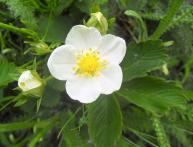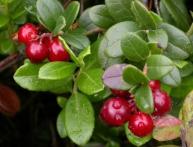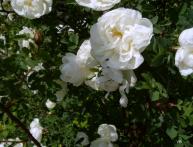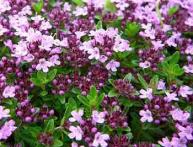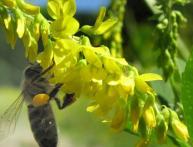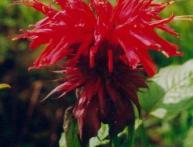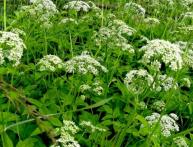Useful properties of horseradish
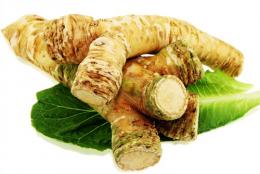
This persistent weed has enjoyed well-deserved recognition among many peoples of the world for many years. It's hard for us to imagine winter holidays without jellied meat and beets with horseradish, colds - without horseradish with honey, Easter - without horseradish in a basket, and stormy emotions - without a catchphrase using the name of this culture.
On my own horseradish - perennial plant. But after three years of age, its roots harden, and it is difficult to use them for food. Since ancient times, this crop has been grown as a seasoning, spice for various dishes, and as a cure for certain diseases.
Horseradish is rich source of B vitamins. They say that it contains even more vitamin C than traditional lemons, and more vitamin A than carrots. There are also many useful substances and microelements, such as phosphorus and calcium, copper and iron.
What are beneficial properties of horseradish? First of all it's beautiful blood cleanser. It was used in folk medicine in different countries for the treatment of asthma and tuberculosis, scurvy and even cancer. In moderate quantities, this plant has a positive effect on the functioning of the gastrointestinal tract. We also already mentioned the cold. In this case, horseradish is really a good medicine. He has antibacterial and expectorant properties And successfully fights E. coli and staphylococcus. He also treats sore throat and seborrhea, and is used in cosmetology as a means of lightening freckles and age spots.
Contraindications for consuming horseradish are diseases such as hepatitis and ulcers, enterocolitis and chronic colitis. Since it causes increased appetite, obese people should also refrain from taking horseradish frequently.

